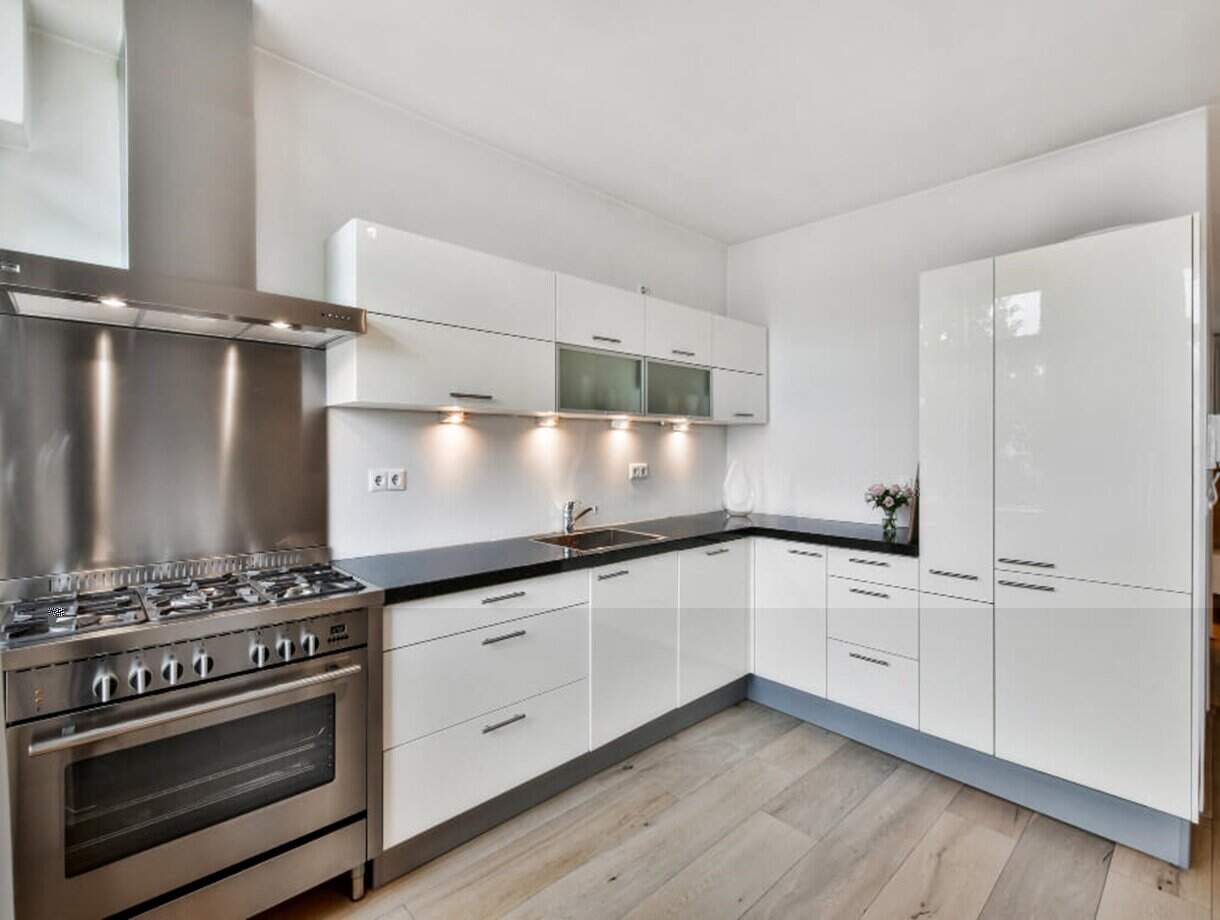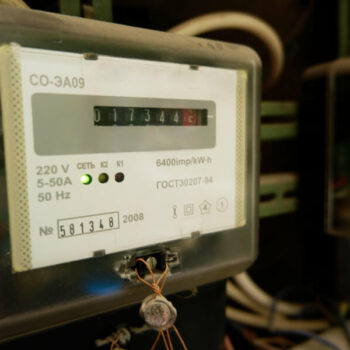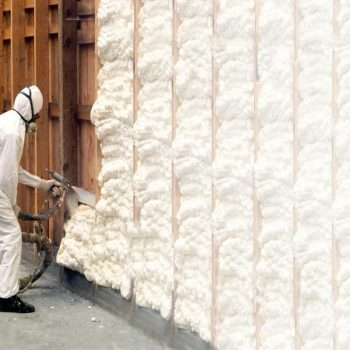Did you know that the amount of underfloor heating that you have can drastically impact how much you save on your energy bills? Whilst underfloor heating (UFH) is extremely versatile and can be added to any type of home, several other factors can contribute towards how much value UFH can bring towards allowing you to…

Kitchen Heating Ideas: 7 Ways To Heat A Kitchen
Despite having ovens and microwaves located in them, kitchens can sometimes be one of the coldest rooms in the house. So what are the best ways to heat a kitchen? During colder months, keeping your kitchen comfortably warm can become a pressing concern, especially if you have tiled flooring, for example. In this article, we…

Advantages of Underfloor Heating
Underfloor heating systems (UFH) are great for containing heat in your home at a cheaper price and offers plenty of long-lasting benefits for your home. They lie dormant in your home and will save a lot of money for you in the long run because once installed, and heat will never escape through your flooring…

How to Take A Meter Reading
For homeowners or renters in the UK, knowing how to take meter readings for your gas and electricity is crucial information to help you track your energy usage, manage your bills, and ensure you’re paying for only what you’ve used. In this article, we’ll cover everything you need to know about how to take a…

Undersoil Heating: What To Know About Heating Sports Fields
Unlock your sports field’s potential year-round, regardless of frosty forecasts! Discover how advanced undersoil heating technologies and solutions can transform your field’s longevity. Heating a playing field may seem like a very impractical solution. In actuality, there is more to under soil heating than meets the eye, and can actually help the players to keep…

Commercial Underfloor Heating: How To Install For Industrial Sectors
Is your commercial property as energy-efficient and comfortable as it could be? Explore the transformative benefits of radiant floor heating in commercial, industrial sectors. Underfloor heating does not just apply for domestic homes; they can be used for office heating and other environments too. In this article, we will learn about commercial underfloor heating, and…

Underfloor Heating in Kitchens: Top Tips for the Best Installation
Can you fit underfloor heating in kitchens? The answers may surprise you, and they can be just as comforting! Learn about adding underfloor heating in kitchens here. Among all the rooms in the home that you could integrate underfloor heating into, one of the most common is the kitchen. Kitchens are usually made up of…

Should You Leave Your Underfloor Heating on Constantly in the Winter?
Whether you decide to get your underfloor heating system professionally installed, or do it yourself with an underfloor heating kit, you’ll be extremely thankful for it this winter. As we descend into the cold British winter, you may find yourself tempted to keep your heating on high. But Is this really a good idea, and…

Common Underfloor Heating Problems and Simple Ways to Fix Them
Underfloor heating kits are the easiest and most economical way to heat your home. By choosing underfloor heating, you are adding value to your house, helping the environment, and ensuring an even heat throughout the space. The most significant concern raised by potential customers is the inconvenience that could be caused should the underfloor heating…

Loft Insulation Dos and Don’ts
Did you know that a huge 25% of the heat in your home is lost through the roof[i]? But many people don’t know about loft insulation dos and don’ts, meaning that they have unfit, or incorrectly installed insulation that doesn’t effectively trap rising heat. In fact, only 66% of houses in the UK that have…

